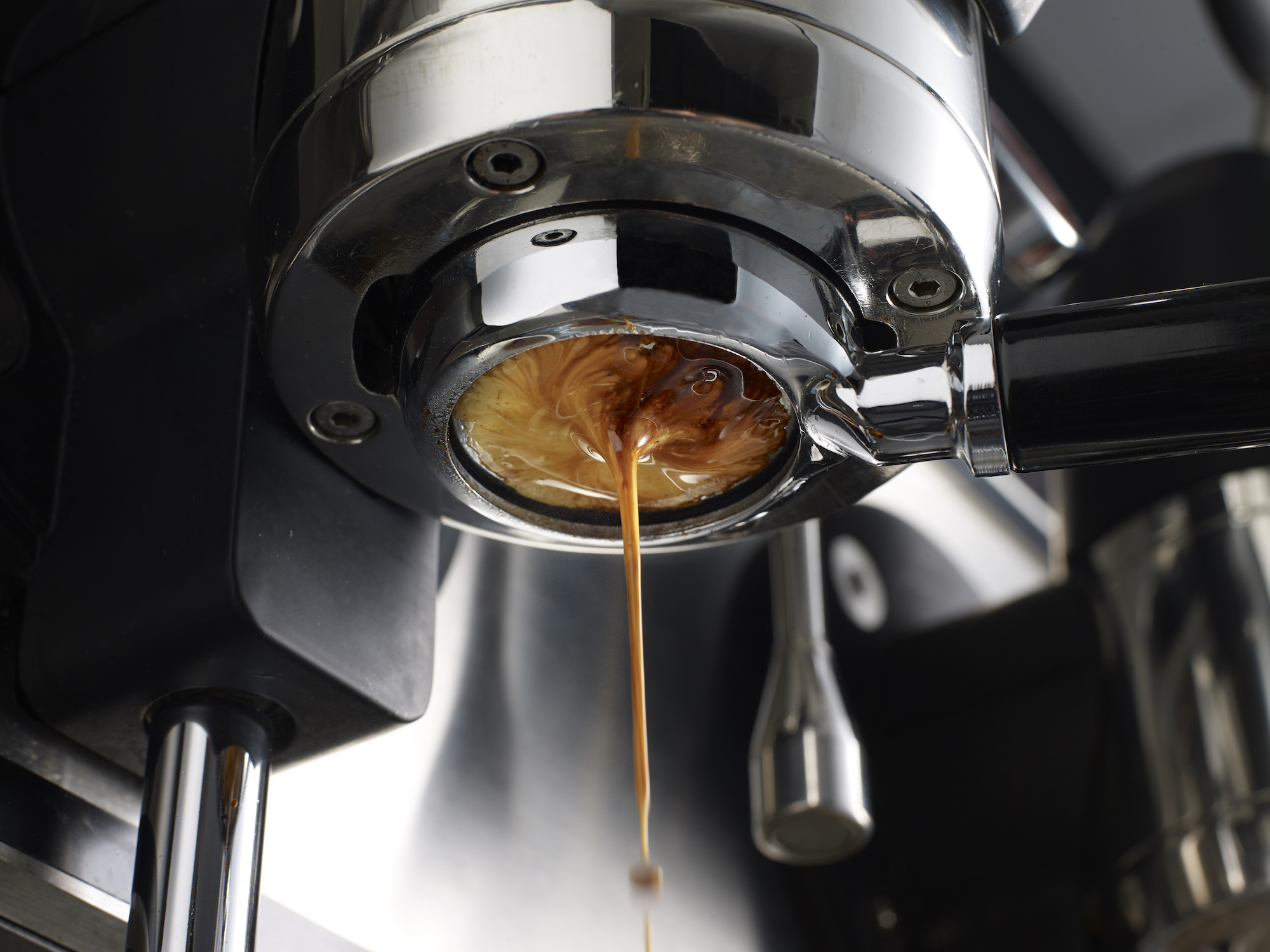The mechanics of espresso | Espresso brewing

As published in BeanScene Magazine
Espresso as it’s served today is the product of 100 years of technical development worth familiarising yourself with. The espresso coffee that we know and love today is the result of a series of inventions and technological refinements aimed at perfecting the art of extracting the essence of the coffee bean through espresso brewing. In its most basic form, espresso is simply a drink made by forcing hot water through finely ground coffee beans. But if you’re making or selling coffee – or even serious about making it at home – the espresso machine is a piece of equipment worth getting to know. There are so many variables in producing a good coffee that can only be identified with a deepened understanding of how espresso machines work.
Early espresso brewing innovations
Today’s espresso machines are the result of innovations that date back to the 19th Century. Angelo Moriondo is credited with building a machine in 1884 which formed the basis of what would be the first espresso machine.
In 1902, Luigi Bezzera took Moriondo’s creation further and patented the first steam driven espresso machine. Espresso was produced by forcing water through the coffee by using steam or steam pressure. Four years later, Desidero Pavoni bought the patent, commercialising this invention by creating the Pavoni Ideale. This was the first-ever espresso machine specially designed for bars, and worked at just 1.5 bars of pressure with a brew time of about one minute.
Espresso machines as we know them
The modern espresso machine made its debut in 1946, with the Gaggia Crema Caffe machine. This high-pressure espresso machine used a lever, or piston, to pressurise hot water and push it through the coffee grinds. This revolutionary development meant machines were capable of consistently producing the high pressures necessary to create espresso. The term ‘pulling’ a shot of espresso comes from this time, when lever-style machines required pulling on a long handle to produce an extraction.
In 1961, Faema further refined the lever machine and brought out the iconic E61, a pump-driven espresso machine. A motor-driven pump provided the force necessary for espresso brewing, and the remaining brew pressure in the basket was released via a three-way valve. Today’s commercial machines still use this technology.
Automation and espresso-making: Manual brewing stove top
Moka pots, or stove top espresso makers, are the least automated of the lot and are worth a mention because they do share some similarities with true espresso machines. In addition to brewing under pressure, they produce coffee with a similar extraction ratio. It
is possible to create crema with a moka pot, but this depends on variables such as the bean freshness and grind used.
In a moka pot, the bottom chamber containing water is heated, creating steam and pressure. This pressure forces the water through a tube into the middle chamber where there is a filter basket holding the ground coffee. The extracted coffee then funnels into the top chamber, to be poured and enjoyed. The difference between a true espresso machine and a moka pot is that the latter brews under substantially lower pressure – 1.5 bars rather than 9 bars – and uses hotter water – a mix of boiling water and steam at above 100° Celsius (rather than the 92°– 96° Celsius of espresso machines). This is similar to the early steam brewing machines.
Traditional machines: control
Next up in automation are traditional machines, where water is stored in a reservoir and drawn into the heating chamber by a pump. The heated water is then forced through the porta-filter, where the extracted coffee flows through. The brewing temperature and pressure (9 bars) is controlled automatically, but the operator can turn the pump on and off in order to control the water flow, which is why these machines are also sometimes called semi-automatic.
Traditional machines offer more control of shot quality and require a true level of skill. Creating a beautiful espresso is very similar to taking the perfect picture. When you have control over variables such as the tamping pressure and the quantity of water that goes through the ground coffee, you are able to make great coffee every time. The disadvantage of using a traditional machine is the learning curve.
Semi-Automatic: convenience
Semi-automatic machines use sensors to automate the brewing process. They are programmable so that when the allotted amount of water has passed through the meter, the pump turns off. Grinding and tamping are still manual.
Automatic: one step espresso
Also known as super-automatic, these machines automatically grind the coffee, tamp it, and extract the espresso shot. They also froth and dispense the milk. By taking away the ability to manually tamp and grind the coffee, they limit the margin of error. These machines are suited to quick service restaurants, and other settings where the skills level of the barista/operator is limited.
Regardless of which machine is used, regular calibration is the key to ensuring optimum performance. Someone who knows coffee, flavours, how the machine operates and the physics of extracting the optimum flavour, will ensure you’re producing consistently great coffee.
For the ultimate in correct espresso extraction, enroll in our Essence of Espresso workshop.